Products You May Like
Get full access to Outside Learn, our online education hub featuring in-depth fitness, nutrition, and adventure courses and more than 2,000 instructional videos when you sign up for Outside+
Sign up for Outside+ today.
To cut down on crowds, eliminate wait times, and help preserve natural resources, an increasing number of national parks are capping visitation and requiring advanced reservations this summer. If you’re one of those organized people who plans your life months in advance, bully for you. But if you’re a person who doesn’t, or who prefers spontaneous adventure, this new system creates some challenges. Don’t panic—we’ve done the hard work to find loopholes that not only promise access but will allow you to experience these sites in ways few others do.
Arches National Park, Utah
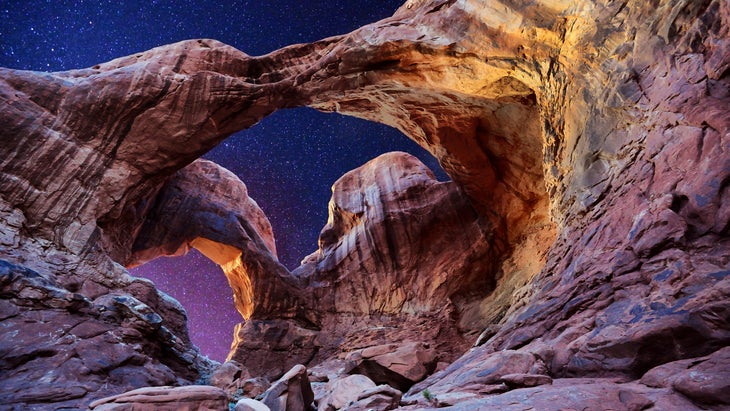
Arches had to shut the gates on certain days last summer, because the park was reaching capacity early in the morning. This year, management is testing a timed-entry system through October 3, with tickets required for all day-use visitors between 6 A.M. and 5 P.M. You can get these up to three months before your visit, and a small number are released a day in advance at 6 P.M. Mountain Time.
Plan B: You don’t need an entry ticket if you’ve booked a campsite, commercial trip, or hike to Fiery Furnace, a dense collection of canyons, fins, and arches at the center of the park that you can only visit with a ranger. Cyclists don’t need an entry ticket either, and the main paved route is incredibly scenic. There are also miles of gravel roads that’ll get you away from the crowds.
Find our full guide to Arches here.
Rocky Mountain National Park, Colorado
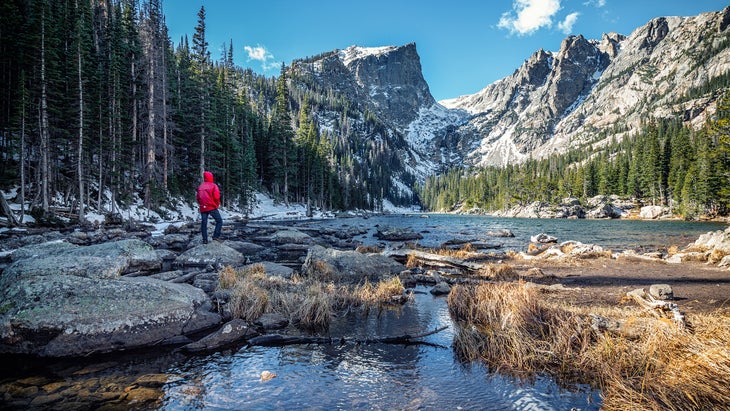
This state’s most popular attraction introduced a timed-entry system last year that’s been extended through 2022. Each vehicle needs one of two passes to enter from until October 10: The first includes access from 5 A.M. to 6 P.M. to the popular Bear Lake Road, from which you’ll be able to reach sights like Alberta Falls and Dream Lake. The second allows you to explore everything but the corridor. While the first batch of tickets was released on May 2, the park has set aside 25 percent of its passes for last-minute visitors, to be released at 5 P.M. the day prior.
Plan B: Your best bet to hit Bear Lake Road without a reservation is to get up early and enter before 5 A.M. If you’re more interested in other areas of the park, you can sleep in a bit; the rest of its 200,000-plus acres are open to everyone before 9 A.M. and after 3 P.M. Alternatively, cyclists can enter freely—and, bonus, Trail Ridge Road is a bucket-list ride—as can those with campground or guided-adventure bookings.
Find our full guide to Rocky Mountain here.
Glacier National Park, Montana

Glacier has expanded the permitting system for its famed Going-to-the-Sun Road. Between 6 A.M. and 4 P.M. until September 11, each vehicle will require a ticket to enter the three entrances that connect to it. You’ll also need a booking to visit the North Fork area, a remote corner that requires four-wheel drive to traverse. Permits for both are available on Recreation.gov up to 60 days in advance, with a limited number available at 8 A.M. two days before arrival.
Plan B: While Going-to-the-Sun Road is undoubtedly one of the best ways to experience the park, other sections, like Many Glaciers, a hub of valleys and bergs, are just as beautiful and don’t require advanced reservations. If you’re set on hitting the road, you have a few options. You can score a site at Fish Creek, Apgar, Sprague Creek, or St. Mary’s Campground, a backcountry permit, or a stay at one of the park’s lodges—though, admittedly, rooms are often just as hard to get as a ticket to the road. Alternatively, a guided adventure will give you admittance for the day. Cyclists can freely experience the road, but portions of it are closed to riding between 11 A.M. and 4 P.M., so know the regulations. Bring a gravel bike, because some stretches are unpaved while under construction.
Find our 63 Parks Traveler’s dispatch on Glacier here.
Acadia National Park, Maine
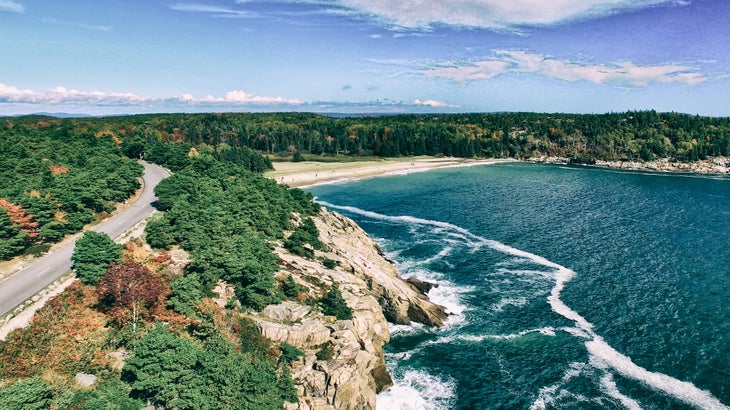
This northeastern gem now requires timed reservations for cars to drive Cadillac Summit Road through October 22. The route takes you to the top of 1,530-foot Cadillac Mountain, and the views of Bar Harbor and the Atlantic Ocean from it are stunning. Fortunately, only 30 percent of the passes are available 90 days in advance, with the rest released two days ahead of time at 8 A.M. on Recreation.gov ($6 per car), so you might have a chance of scoring one at the last minute.
Plan B: Check out another part of the park. Cadillac Summit Road is dramatic, but Acadia is 47,000 acres and includes islands only reached by ferry or boat, like Isle au Haut. Determined to visit Cadillac Summit Road? You can do so on foot or with a bike without planning ahead. It’s a 3.5-mile trek along the paved path, so you’ll earn that view from the top. And don’t think you can show up early and skirt the system; sunrise is the most popular time to be at the summit, and the entry window starts at 4 A.M.
Find our full guide to Acadia here.
Zion National Park, Utah
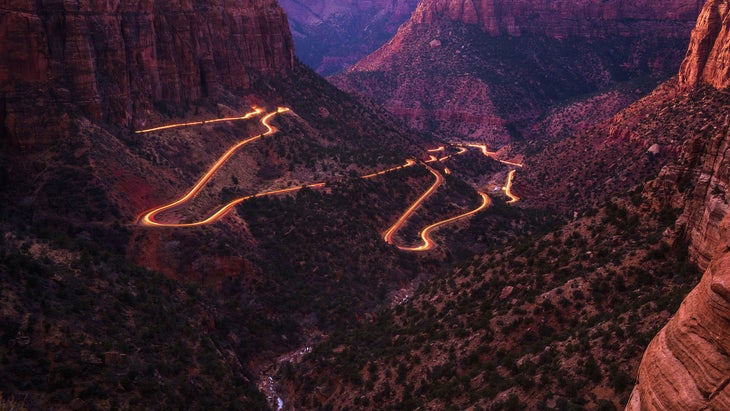
The good news: you no longer need to make an advanced reservation for the shuttle that accesses Zion Canyon Scenic Drive. The bad news: as of April, hiking Angels Landing, the coveted 5.4-mile out-and-back trail, requires a permit. The majority of permits are released via a lottery system three months in advance through Recreation.gov.
Plan B: For those planning a last-minute visit, the park sets aside a few tickets to Angels Landing in a day-before lottery. Enter between noon and 3 P.M. Mountain Time, and you’ll be notified by 4 P.M. You can also sign up for a guided day hike with an outfitter, but such spots typically fill up months in advance, too. Alternatively, you could hike a section of the 15-mile point-to-point West Rim Trail that leads to the Angels Landing spur, which is open to all. Head to Scout Lookout to take in views of the landing and Zion Canyon from afar.
Find our full guide to Zion here.
Yosemite National Park, California
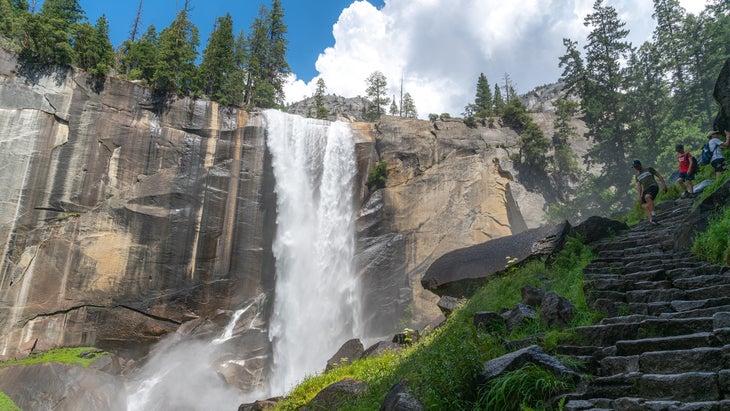
Until September 30, Yosemite is requiring reservations to enter through four of its five entrances (Big Oak Flat, Arch Rock, South, and Tioga Pass) between 6 A.M. and 4 P.M. It released the majority of permits on March 23 but left 30 percent to roll out seven days before arrival dates.
Plan B: The exceptions to the rule include visitors with reserved campsites or lodging in the park, those with Half Dome permits or on guided tours, and travelers entering on public transit. There’s also a back entrance to the park that doesn’t require booking in advance: the lesser-known Hetch Hetchy area in the northwestern corner of Yosemite is full of incredible draws, like Wapama Falls and Smith Peak, and sees a fraction of the crowds, even without capped visitor entry.
Find our full guide to Yosemite here.
Haleakala National Park, Hawaii
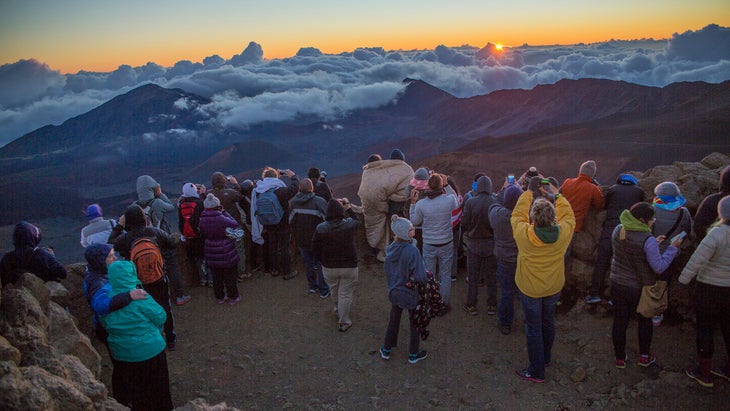
Seeing the sun rise from the top of Haleakala, the 10,023-foot volcano that looms over Maui, is a transcendent experience, and it’s required a reservation for years because it’s so damn popular. That’s still the case. Permits to enter from 3 A.M. to 7 A.M. are released 60 days in advance, and a small portion are set aside for visitors two days before arrival.
Plan B: If you’re dying to see the sunrise from the park and didn’t score a spot, your best bet is to hop on a guided tour. Keep in mind that the sunset from the top is pretty gorgeous too, and doesn’t require advanced planning—or waking at 2 A.M.
Shenandoah National Park, Virginia
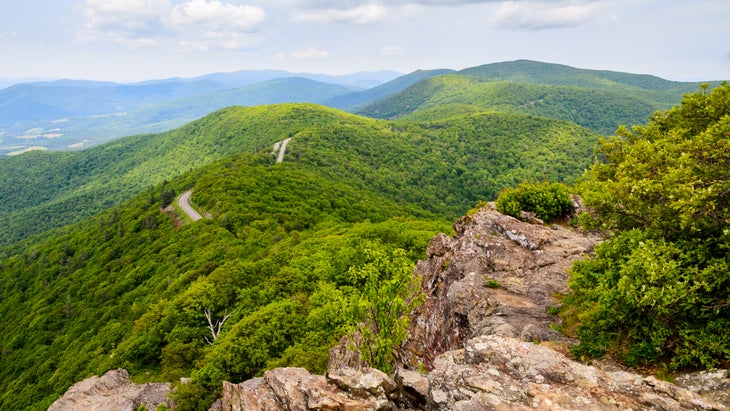
This stretch of the southern Appalachians is home to an incredibly popular day hike to the summit of 3,284-foot Old Rag Mountain. The peak has seen such immense crowds in recent years that the Park Service has launched a ticketing program for 2022. Through November, hikers will need a $1 reservation to get to the top. Half of these are sold 30 days in advance, while the other half are released five days before arrival dates.
Plan B: Getting on Old Rag without a pass is tough; backcountry campers in the area also require daily permits, which are necessary from 12 A.M. to 11:59 P.M., so even a night summit won’t help you here. Shenandoah releases same-day no-show spots, though, so it’s possible (though unlikely) to show up and snag one. If you’re a climber, consider scaling the granite face of the mountain, which includes a 2.7-mile approach hike on a different trail (one that doesn’t require a permit) and routes that range from 5.7 to 5.10. Otherwise, explore alternate parts of this 200,000-acre park; a good option is the two-mile round-trip hike up 4,050-foot Hawksbill Mountain, Shenandoah’s tallest.
Find our full guide to Shenandoah here.
